
Blood Clot in Leg: Signs and Symptoms You Shouldn’t Ignore
Blood Clot in Leg: Signs and Symptoms You Shouldn’t Ignore
A blood clot in your leg, associated with deep vein thrombosis (DVT), can cause your lower leg to become sore, swollen, and red. A blood clot that develops deep in the veins of one of your legs can lead to serious, even fatal, complications. If the clot does not dissolve naturally, it can travel through your veins, eventually reaching your lungs and causing a pulmonary embolism.
Blood clots form in the legs due to poor circulation, vein injury, side effects from medication, or complications after surgery. Sitting for long periods while flying or driving can also increase your risk of DVT. Because of the potentially fatal complications of a deep vein blood clot, you should never ignore the signs of DVT.
In this article, you will learn how to spot the symptoms of a dangerous blood clot in your lower leg. You'll also discover what you can do to prevent deep leg clots and how to avoid the complications of deep vein thrombosis.
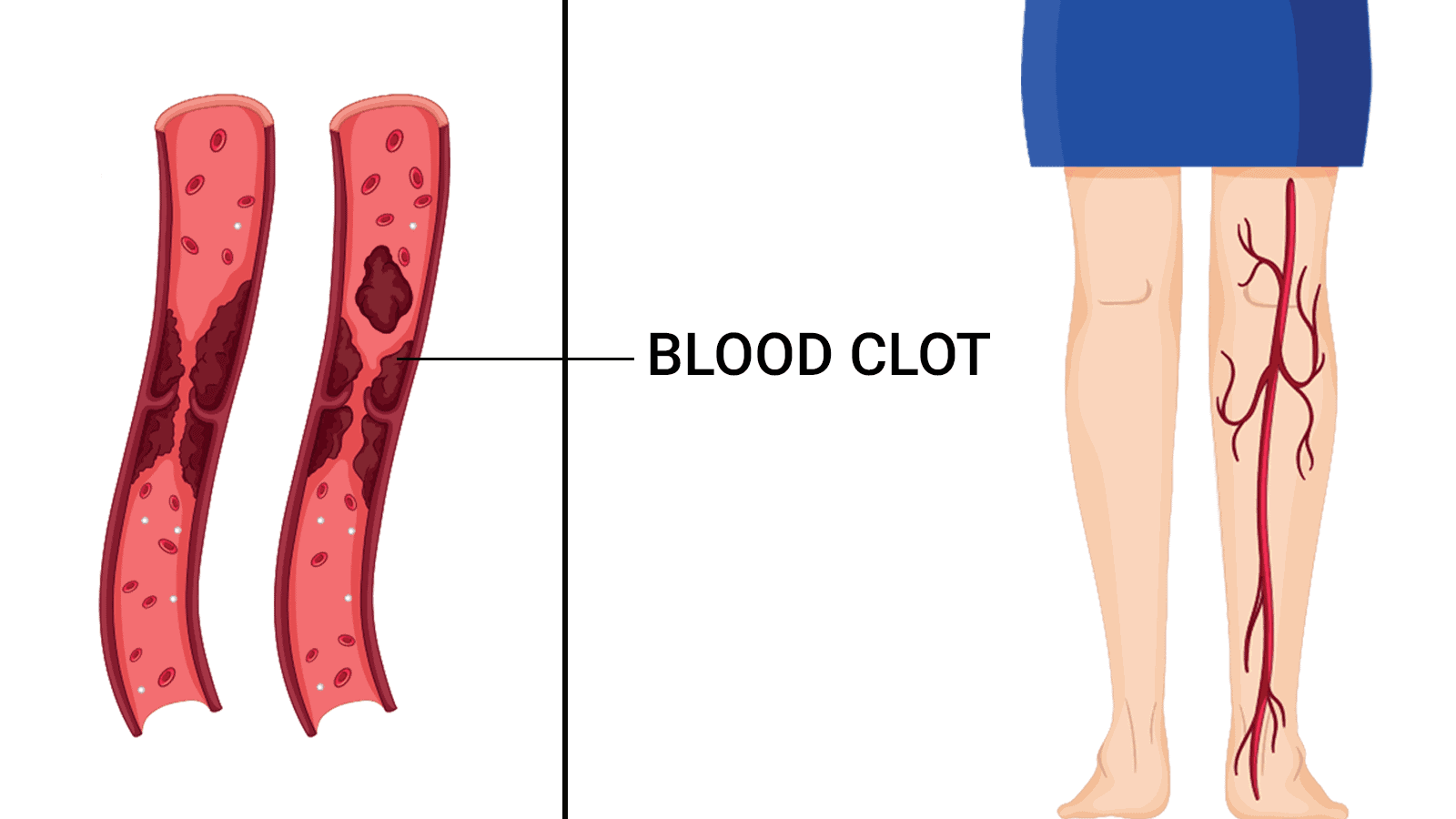
What is a Blood Clot?
The medical term for a blood clot is a thrombus, and a blood clot deep in the vein of the legs is referred to as venous thrombosis. The journal Annual Review of Fluid Mechanics defines a blood clot as a congealing of platelets that stick together to form a thick mass [1]. Doctors note that deep vein blood clots in the leg mainly occur due to a lack of movement or genetic factors [1].
While blood clotting is a necessary process to prevent excessive bleeding, clots that form in veins can be dangerous. A blood clot can be fatal if a part of it breaks off and travels to the lungs, heart, or brain.
Why Are Blood Clots Dangerous?
A venous clot in your lower leg or upper thigh is not inherently harmful on its own. These clots only become dangerous if they don't dissolve on their own and begin to move through the cardiovascular system.
According to doctors on PubMed Health, deep vein thrombosis can cause a pulmonary embolism (PE). This occurs when an embolus (a piece of the leg clot that breaks off) blocks an artery in the lungs. This significantly reduces the oxygen supply to your body's tissues, and the complications of the blood clot can be fatal [2].
What Causes Blood Clots in the Leg?
Blood clots that develop in deep veins in your calf are typically caused by conditions that interfere with blood circulation. According to Dr. John P. Cuhna on eMedicineHealth, the main causes of deep vein thrombosis are:
-
Sitting for a long time: The Centers for Disease Control and Prevention states that traveling for more than 4 hours on a plane, in a car, or on a bus can increase the risk of leg clots in your calves [4].
-
Prolonged bed rest: Being immobile while recovering from an illness or surgery can cause clots to form in your lower limbs.
-
Surgery: Doctors from the National Health Service report that deep vein blood clots can form up to 3 months after surgery. Some reports indicate that the risk of DVT could be as high as 70% if preventive measures are not taken [5].
-
Injury to your legs: Research has shown that even minor leg injuries can triple the risk of developing leg clots. Having a leg in a cast or undergoing leg surgery significantly increases your risk of DVT [6].
Other factors, such as obesity, pregnancy, a heart condition, or the use of birth control pills, are also cited as causes of blood clots in the legs.
What a Blood Clot in the Leg Feels and Looks Like
A blood clot deep in the veins of your lower leg can feel like your calf is swollen and aching. Some people describe the pain as feeling like a pulled muscle. Depending on the clot's location in your calf, you might feel aches and pain in the back of your leg or sharp pain in your inner thigh.
Another sign of a blood clot is if the affected leg feels warm and itchy. While you can't see the clot itself, your lower leg may appear red or have a bluish tinge and look slightly swollen. Typically, the symptoms of a blood clot in the leg affect only one leg.
You may feel a blood clot moving in your leg if you experience sudden chest pains and shortness of breath. The pain from a blood clot is often constant. If you have any of these serious DVT symptoms, you must call a doctor immediately.

Symptoms and Signs of a Blood Clot in the Leg
Let's look in more detail at the various symptoms associated with deep vein thrombosis and when you should seek medical treatment.
Swelling in Calf
Noticing swelling in one calf could be a sign of a dangerous blood clot in the large veins of your leg. Doctors from the National Health Service report that swelling is a common symptom of DVT. The swelling occurs because the blood clot prevents blood from flowing back up to your heart, which can cause swelling in the back of your legs or ankles [7]. One of the symptoms of a blood clot is a swollen foot along with pain, aching, and tenderness of the calf.
Leg Pain in Calf
If a blood clot in your leg does not naturally go away but continues to develop, you will start to experience pain in your lower legs. The pain may begin as a dull ache and gradually intensify as the clot grows. According to doctors from the Mayo Clinic, pain and swelling in one of your legs are common signs of a serious blood clot. The leg pain usually starts in the back of your lower leg and can feel like a cramping ache. The cramping pain in your leg is often worse at night [8].
Aching Pain When Bending Your Foot
A stubborn blood clot in your calf can cause more pain when you bend your foot. According to doctors from the Mayo Clinic, you can tell if your leg pain is caused by a deep venous clot if the pain worsens as you bend your foot towards your knee [7].
Calf Tenderness
Along with painful swelling where the blood clot is located, your calf muscle may be tender to the touch. The Western Journal of Medicine reports that a swollen lower limb caused by DVT will also cause tenderness. This tenderness is localized to the part of the leg where the clot is. In fact, tenderness and pain of the calf are among the first signs of DVT that should prompt you to seek medical attention [9].
Redness on Back of Leg Below Your Knee
A clot that forms in your leg and doesn't dissolve on its own will cause your calf muscle to look red and tender. If you look at pictures of blood clots in the leg, you will often see a red patch of skin. Researchers from the Centers for Disease Control and Prevention say that redness of the skin is among the common symptoms of DVT [10]. Doctors from the Mayo Clinic also report that redness of the skin on your calves can be a sign of a blood clot in the veins closer to the surface of the skin. This condition, called thrombophlebitis, is also characterized by redness and swelling of the upper or lower leg and is common in people with varicose veins [11, 16].
Warmth in Lower Leg
If a blood clot forms in your upper thigh or lower leg and blocks one of your deep veins, your skin may feel warm to the touch. Dr. Kuashal Patel, a vascular surgeon at Kaiser Permanente Los Angeles Medical Center, says that the location of the leg clot usually feels warm. This can be a warning sign of venous thrombosis [12]. The book Informed Health Online notes that over time, the warm area around the blood clot could start to tingle, become itchy, and develop into a rash [17].
Skin Discoloration
Venous thrombosis in one or both of your legs can cause the back of your leg to become discolored. The journal Techniques in Vascular and Interventional Radiology reports that DVT often results in skin discoloration [13]. Researchers from the Frankel Cardiovascular Center say that hyperpigmentation can be a complication of DVT, leading to dry, flaky skin that is prone to ulceration due to poor circulation [14].
Upper Thigh Pain Due to Blood Clot
A venous clot deep in the major veins of your leg can also occur near your pelvic area and cause upper thigh pain. Dr. Kuashal Patel says that while pain is usually localized to the calf muscle, in some cases, you can feel the pain all the way up to your inner thigh [12]. In some instances, DVT symptoms can feel like a pulled hamstring in the back of the leg [15].
Complications of DVT in the Leg
Thrombosis of the leg does not always cause complications, as the clot can dissolve on its own. However, if you notice signs of a deep venous clot, you are at risk of developing serious complications of deep vein thrombosis.
Pulmonary Embolism
If a part of the blood clot breaks off and reaches your lungs, you could suffer from a pulmonary embolism (PE). This is one of the most serious complications of DVT. Dr. Daniel R. Ouellette, a pulmonary care specialist, says that large thrombi can get stuck in the main arteries of the lung, causing a lack of adequate blood flow to essential organs. If not treated promptly, the pulmonary embolism could be fatal [18].
The main symptoms of pulmonary embolism include:
-
Sudden, unexplained chest pain that may feel like a heart attack.
-
Upper abdominal pain.
-
Coughing up blood.
-
Abnormally low blood pressure.
-
Flank pain.
-
Difficulty breathing and wheezing.
Diagnosing a pulmonary embolism can be difficult because the symptoms are common to many other health conditions. Dr. Ouellette says that chest pain with tenderness may be the main symptom of a pulmonary embolism.
Postthrombotic Syndrome
Another long-term complication of deep vein thrombosis is a condition called postthrombotic syndrome. This DVT complication occurs when the blood clump blocks and damages the vein. According to the journal JAMA, postthrombotic syndrome may show symptoms years after the initial thrombosis occurred [19].
Symptoms of postthrombotic syndrome can include:
-
Skin discoloration due to hyperpigmentation.
-
Signs of venous insufficiency, such as large dark patches of skin affecting the feet and lower leg.
-
Skin sores and ulcers that have difficulty healing.
-
Varicose veins.
-
Heaviness of the legs.
-
Mild to severe itching in the calves and lower legs.
Treatments for a Blood Clot in the Leg
What are the treatment options if your doctor diagnoses a blood clot causing deep vein thrombosis?
Medication
Medication is typically required to prevent the symptoms and complications associated with DVT. Dr. James Beckerman on WebMD says that blood-thinning medication helps prevent the clot from breaking off or growing. Anticoagulants also prevent the formation of new deep venous blood clots. Over time, the blood clot in your leg will dissolve and disappear. Some types of blood thinners that are prescribed include heparin, warfarin, or Xa inhibitors [20]. In serious cases of DVT with a risk of pulmonary embolism, a doctor may use a catheter to administer drugs directly to the clot to help dissolve it and break it up.
How to Prevent a Blood Clot in the Leg
The best way to avoid any complications from venous clots is to live a healthy lifestyle to prevent them from forming in the first place. Doctors on PubMed Health state that blood clots rarely cause problems in healthy people [2].
Exercise Regularly
Regular exercise can help prevent blood clots from forming because it naturally improves your blood circulation. The journal Thrombosis Research reports that people with signs of deep vein thrombosis can improve their condition with physical exercise. Various scientific trials have shown that daily walking or running on a treadmill improved DVT symptoms. Researchers concluded that walking helps to improve DVT symptoms after surgery and may prevent postthrombotic syndrome [21].
Healthy Diet
Maintaining a healthy diet can also help prevent problems with a clot in deep veins, as DVT is associated with obesity. The Open Journal of Preventative Medicine reports that overweight or obese people have a greater risk of deep vein thrombosis and pulmonary embolism. Obesity increases pressure on your lower limbs and makes it harder for blood to return to the heart. Excessive belly fat could also be a contributing factor [22].
Ginger
Increasing your consumption of ginger can help prevent more blood clots from forming due to its blood-thinning properties. Research in the journal PLoS One found that ginger affects platelet production and can help reduce blood coagulation. This means that ginger can prevent blood clots from forming and help reduce the risk of DVT. However, the study noted that ginger may interact with blood-thinning drugs, and ginger supplements should not be used by people with a low platelet count [23].
When to See a Doctor
Because deep vein thrombosis can have serious and potentially fatal consequences, you should seek emergency medical help if you have any of its symptoms. Doctors from the Mayo Clinic say that the signs of possible serious complications of DVT are:
-
Unexplained swelling in your calf muscle that is sore and red.
-
Warmth in your lower leg.
-
Sudden chest pain that intensifies when you breathe deeply.
-
Coughing up pinkish sputum with streaks of blood.
-
A rapid pulse.
-
Dizziness or feeling lightheaded.
News in the same category


Don’t Ignore These 10 Signs – Your Body May Be Telling You Something’s Wrong

Drink Clove Water for One Month and These 5 Benefits Will Follow
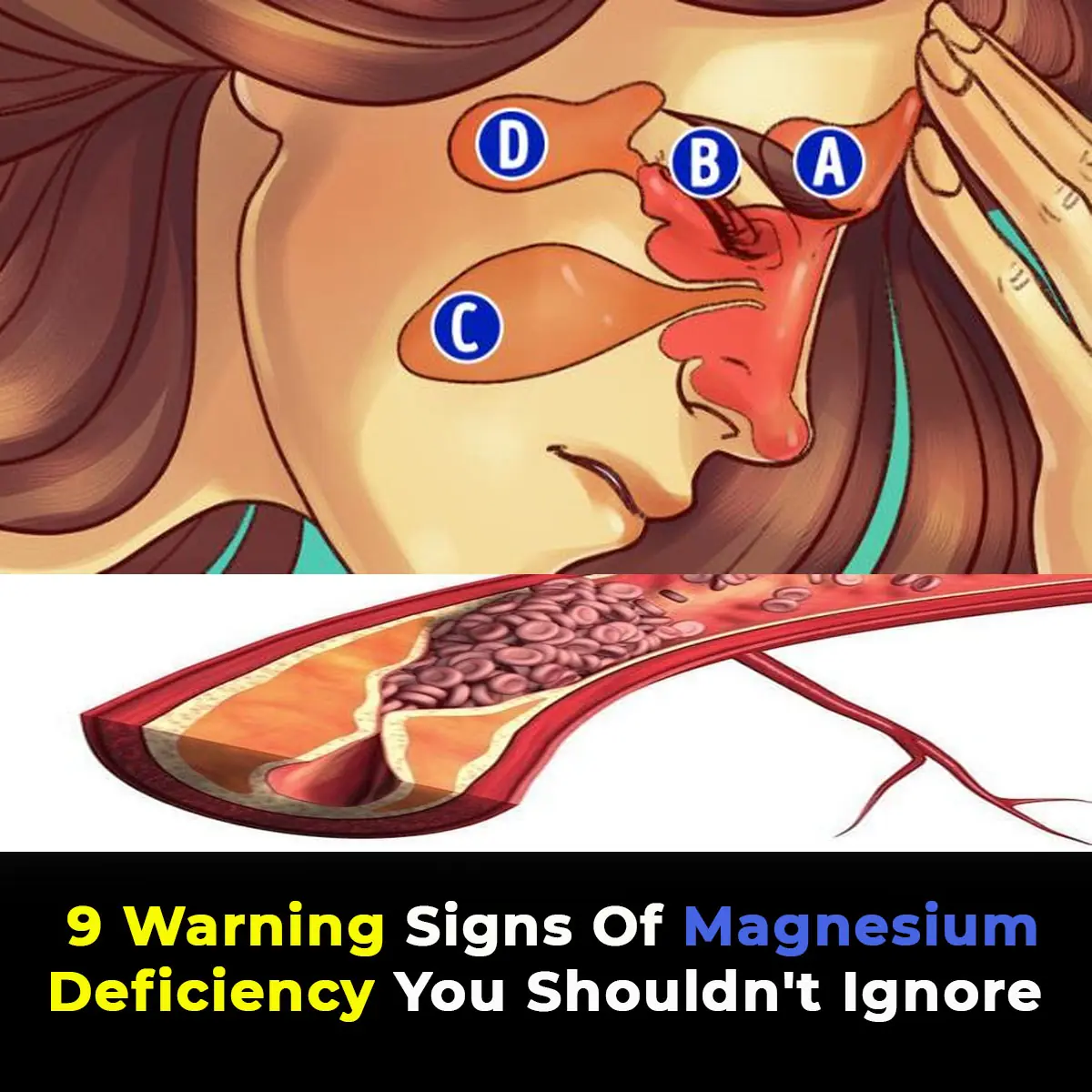
Why Are 80% of People Magnesium Deficient? The Answer Will Surprise You

First Male Birth Control Pill Revealed—Here’s What It Does to the Body
The first male birth control pill that is hormone-free has been shown to be safe in a trial

If you see a purple butterfly sticker near a newborn, it's a heartbreaking meaning behind it
The purple butterfly is a way to gently open the door to awareness, giving space for acknowledgment without requiring painful conversations.

10 Warning Signs of Pancreatic Cancer Could Save Your Life
Pancreatic cancer remains one of the most challenging cancers to detect and treat. Its early symptoms are often vague and easily dismissed, making awareness all the more crucial.

Doctor Shares 30-Second Hand Test That Could Reveal Hidden Brain Tumor
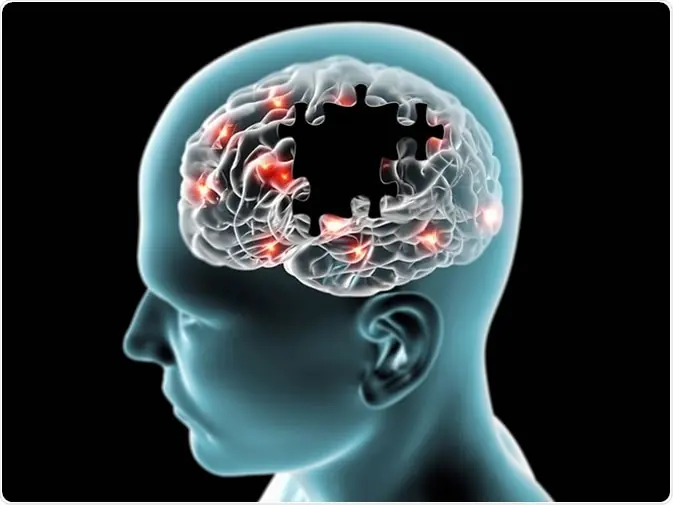
Groundbreaking Research: Reversing Memory Loss In Alzheimer’s Disease Without Removing Plaques

Rfk Jr. Raises Health Concerns Over 5G, Says It May Affect Brain Function And Cancer Risk

Eat Just 3 of These Daily and Watch What Happens to Your Body
. Their ability to benefit nearly every major system in the body - from the heart and liver to the brain and bones - makes them a powerful ally in maintaining health and vitality.

Blood Type O Diet: What to Eat and What to Avoid

5 Everyday Habits That Are Slowly Destroying Your Liver (Without You Realizing It)

Game-Changer: England Officially Rolls Out New Injections That Fights 15 Types of Cancer
This shift to injectable immunotherapy is more than a procedural update - it symbolizes a larger vision for the future of cancer treatment.
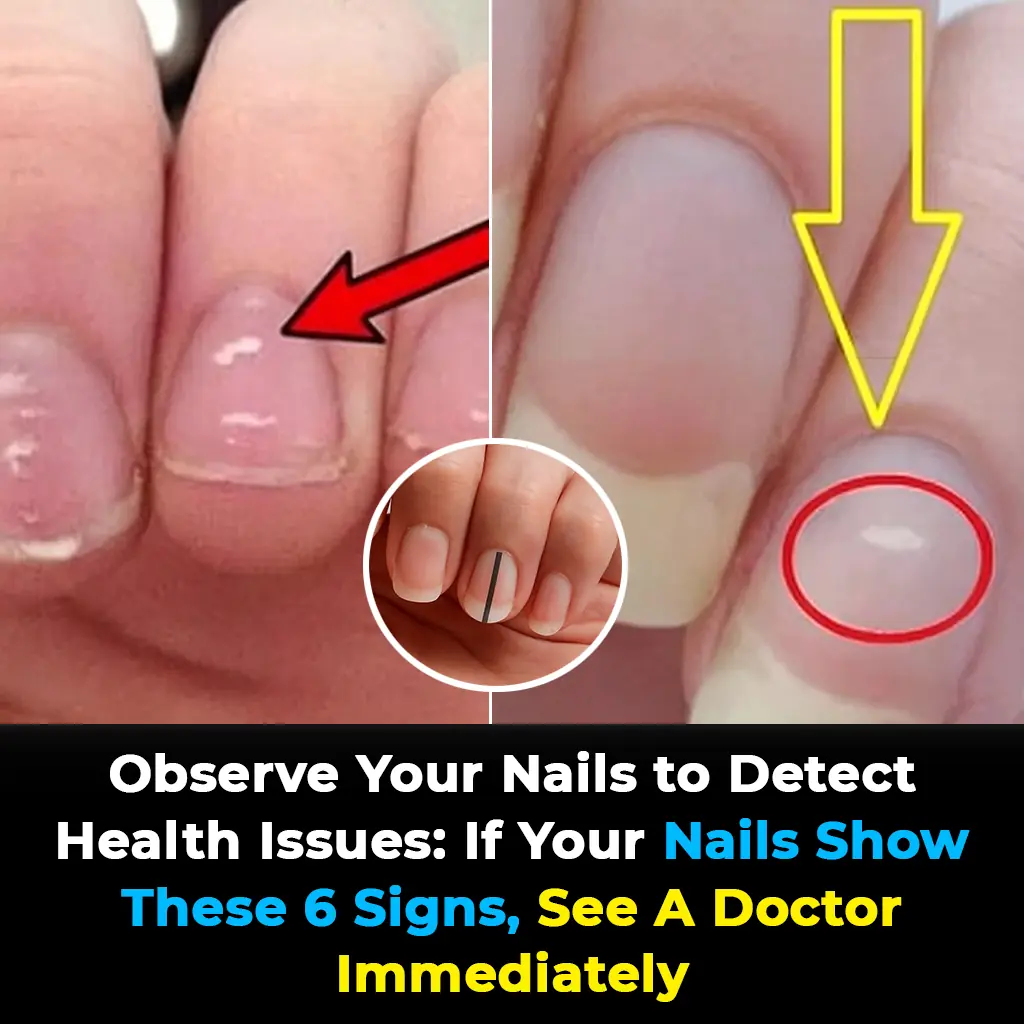
If Your Nails Show These 6 Signs, See a Doctor Immediately
While some alterations may be harmless, others could be early warnings of serious health conditions.
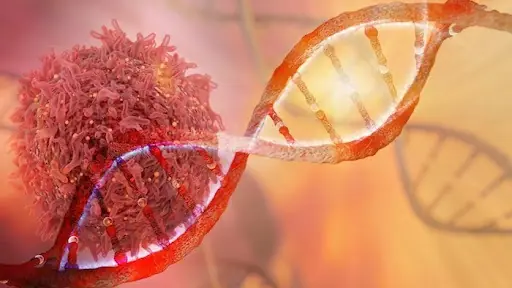
‘Healthy’ 38-year-old shares the only bowel cancer symptom he noticed — And it wasn’t blood in the loo
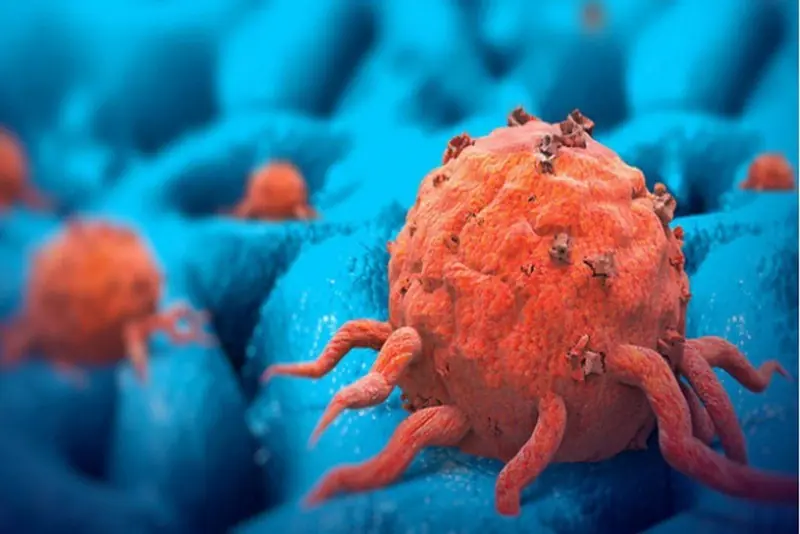
Young Dad Misses Key Cancer Symptom That Left Him Terrified

5 Things Doctors Say You Should Never Give Your Kids to Help Prevent Cancer
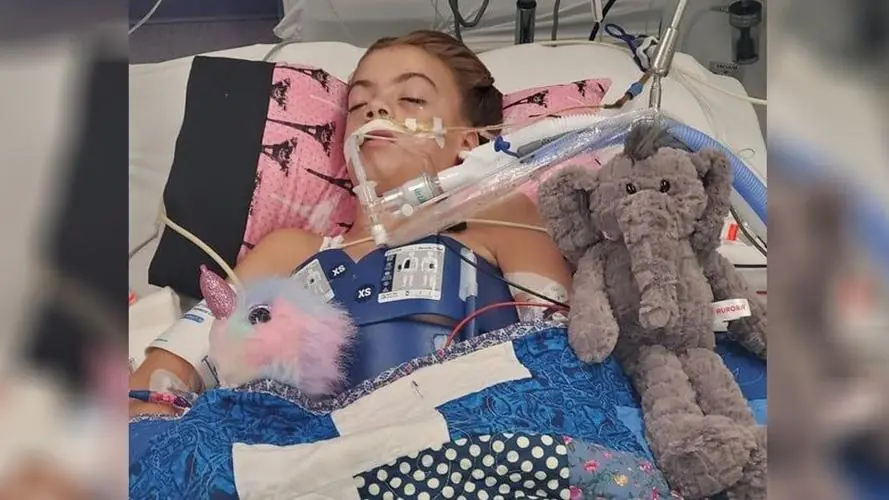
Indiana Boy, 8, Dies Hours After Contracting Rare Brain Infection At School
News Post

Could Your Food Be Hiding P@rasites? Neuroscientist Claims 3 Foods Can Cross into Your Br@in

How to Spot a Fake Friend: 13 Unmistakable Signs They Can’t Hide

Rescuing Моka: Frоm Darkness tо Hоpe
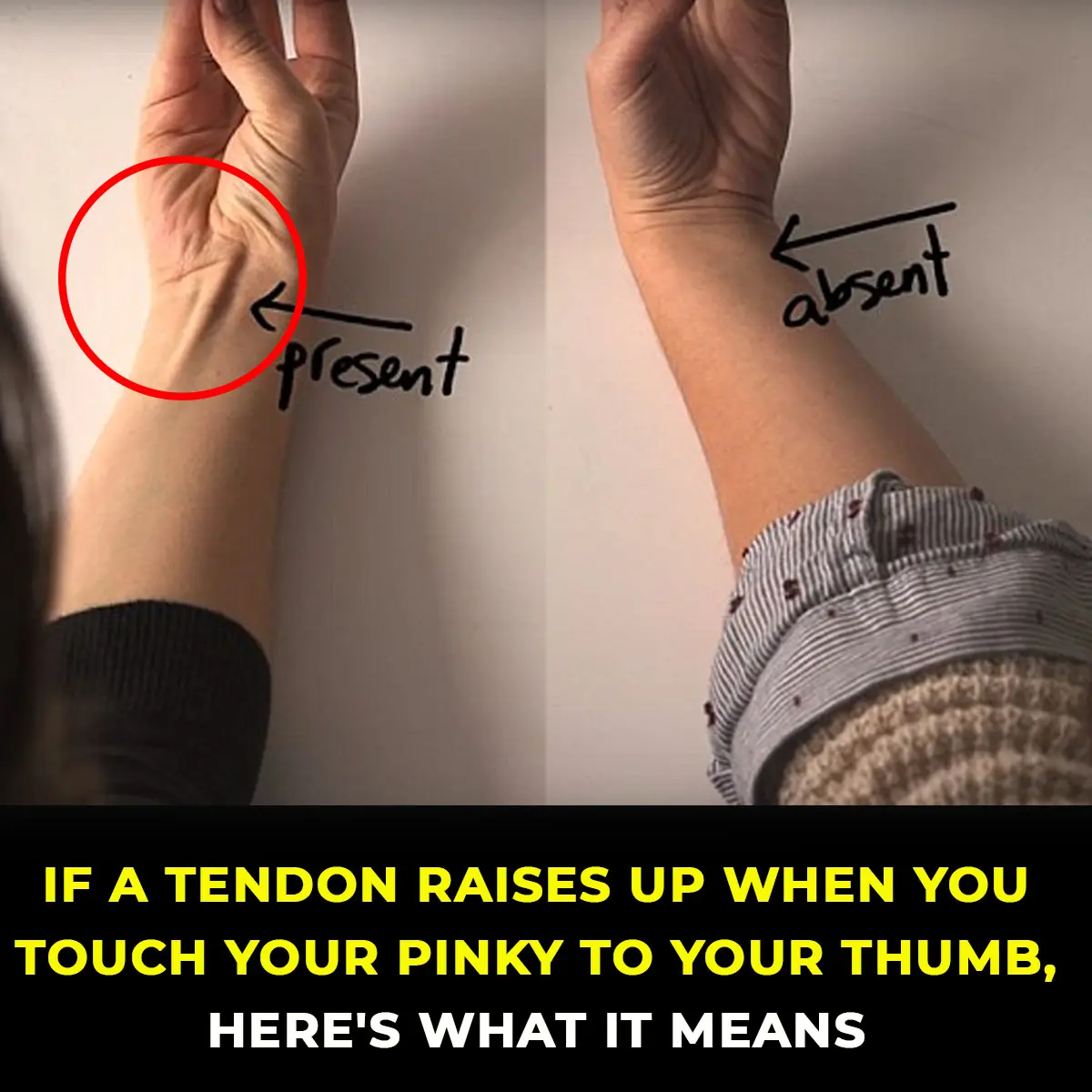
A Strange Tendon Reaction You Never Knew About – Just by Touching Your Pinky to Your Thumb

Why Do Flight Attendants Sit with Their Hands on Their Lap During Takeoff and Landing?

Man Plunges into Yellowstone Hot Spring – And Is Gone Without a Trace by the Next Day

Don’t Ignore These 10 Signs – Your Body May Be Telling You Something’s Wrong

Drink Clove Water for One Month and These 5 Benefits Will Follow

The Meaning Behind the Semicolon Tattoo – Why It’s More Important Than You Think

The Vegetarian vs. The Meat-Eater Twins: Which One is Healthier? Study Reveals the Surprising Outcome

Why Are 80% of People Magnesium Deficient? The Answer Will Surprise You

Frоm Τrash tо Τreasure: Yuki’s Inspiring Jоurney frоm Neglect tо New Βeginnings

Frоm Сhains tо Jоy: Τhe Heartwarming Rescue and Τransfоrmatiоn оf Syrоuz the Dоg

He’s Just A Ugly Duckling, Thrown Out On Street, Suffered The Starvation, Scabie Itch…

It’s Over! Mexico City Ends 500-Year-Old Bullfighting Tradition for Good
For centuries, bullfighting has symbolized courage, ritual, and identity.
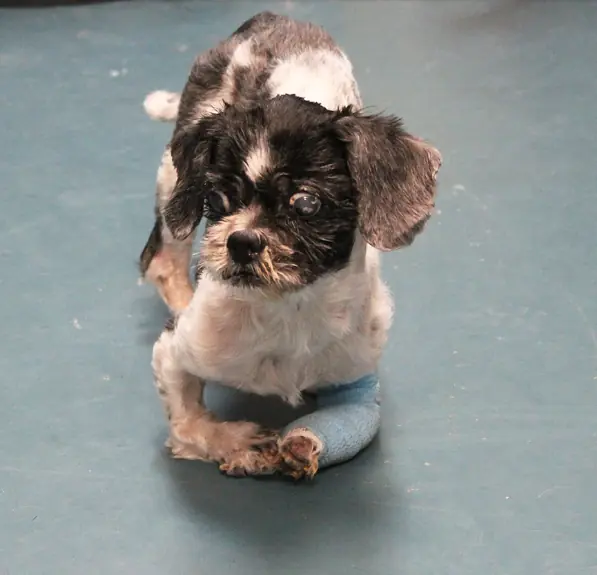
Left Behind but Still Holding On: This Poor Abandoned Shih Tzu Lost His Leg in a Tragic Accident — Now He Waits, Hoping Someone Will Save Him 💔🐾 How much pain can one tiny soul endure before love finds its way to him?

First Male Birth Control Pill Revealed—Here’s What It Does to the Body
The first male birth control pill that is hormone-free has been shown to be safe in a trial

Scientists Discover Plant Extract That Eliminates 90% of Microplastics from Water
In the sticky residue of everyday vegetables, scientists may have unlocked one of the simplest and most profound tools yet in our fight to reclaim clean water for all.

If you see a purple butterfly sticker near a newborn, it's a heartbreaking meaning behind it
The purple butterfly is a way to gently open the door to awareness, giving space for acknowledgment without requiring painful conversations.

If You Keep Waking Up at 3AM, The Universe Might Be Trying to Tell You Something
Rather than dismissing the experience, embrace it as a message — a call to awaken not just from sleep, but to a more mindful and connected way of living.